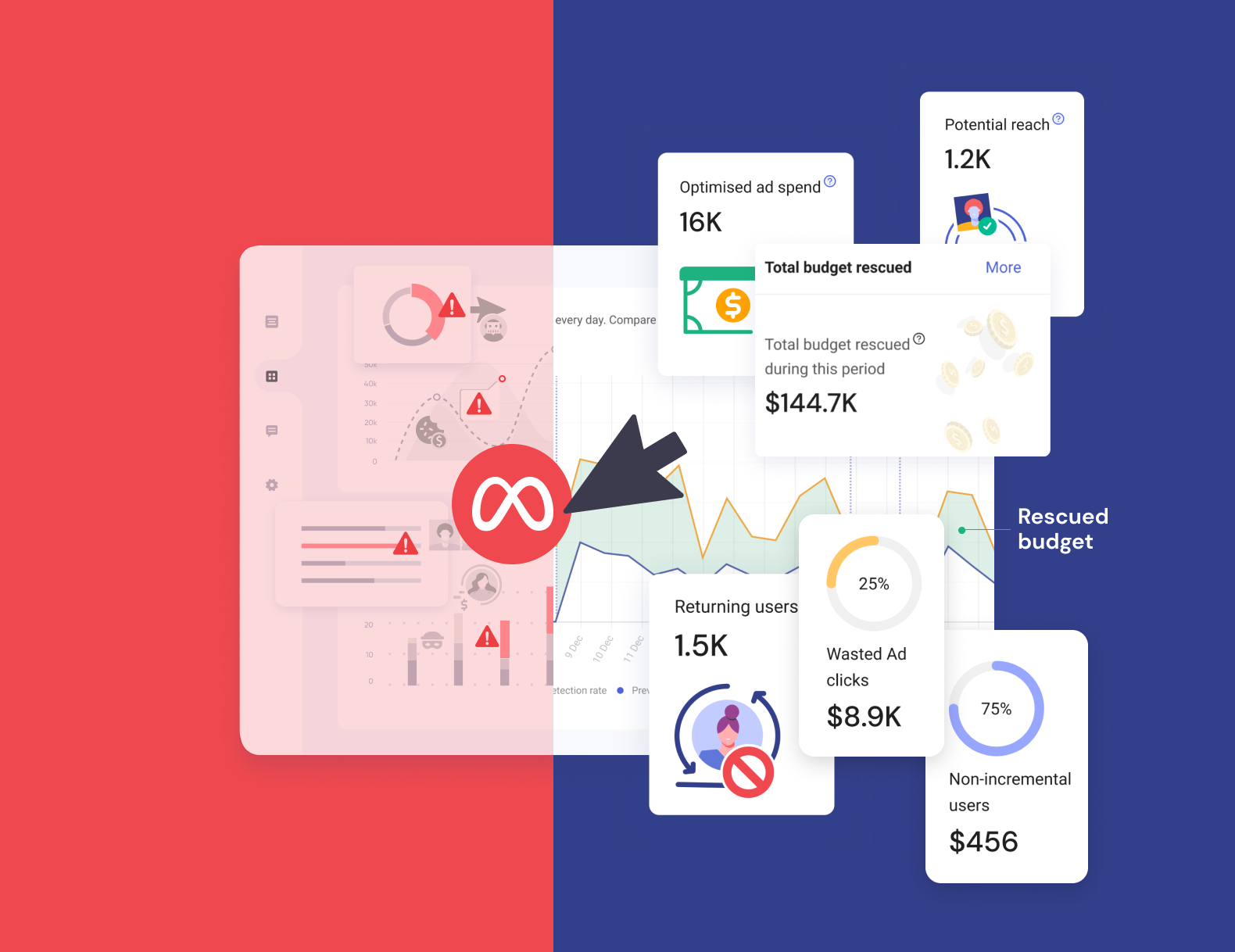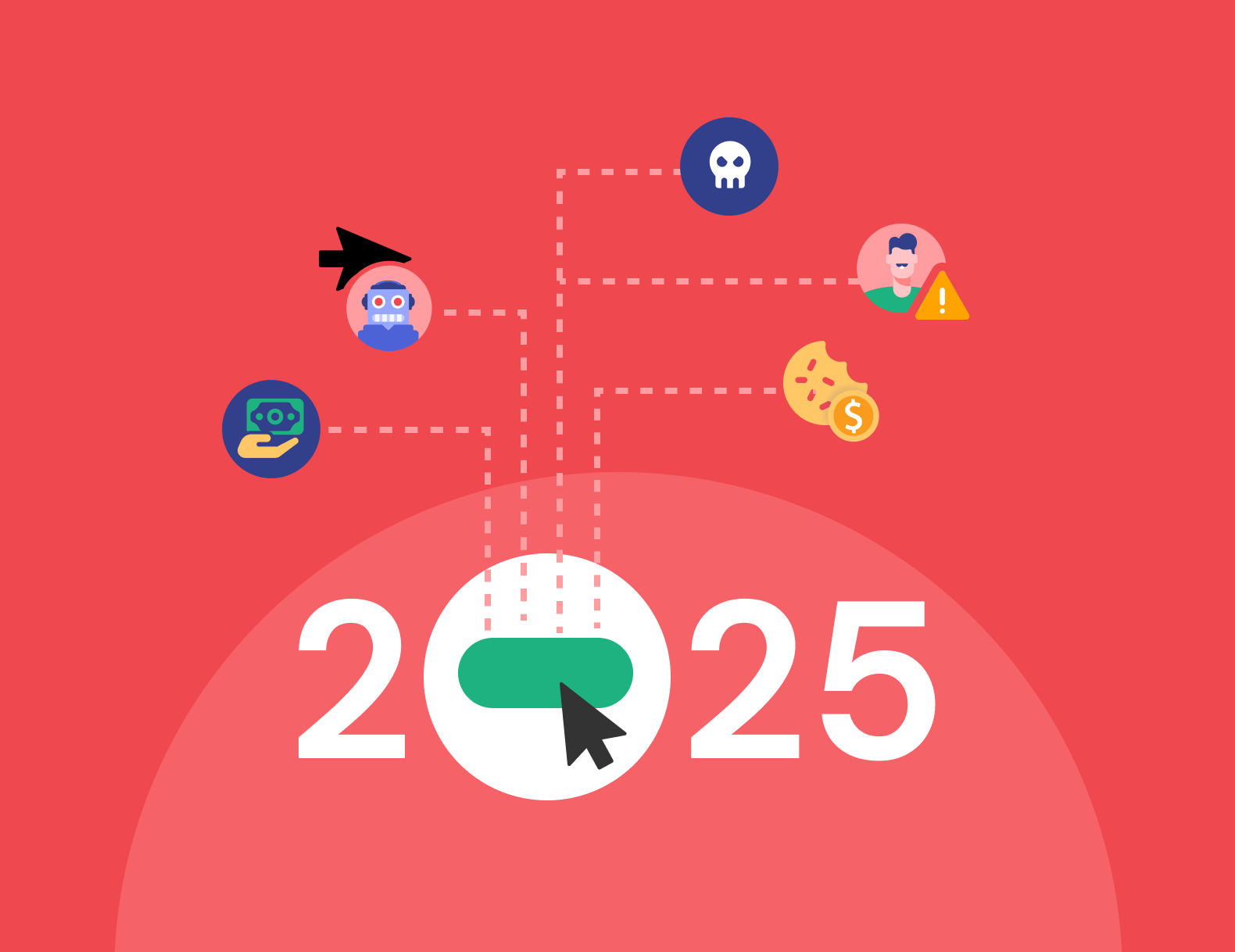The Agency’s Guide to Scaling Google Ads Accounts Safely With Click Fraud Prevention

Scaling Google Ads accounts should unlock growth; not expose your clients to risk. Yet as budgets increase and campaigns multiply, so does the potential for click fraud to quietly drain performance and erode trust. For agencies managing multiple clients, protecting and maximising each dollar of ad spend becomes mission-critical.
This blog unpacks the risks, signals, and strategies for scaling accounts safely, with click fraud prevention at the core of your PPC management.
Why Scaling Google Ads Campaigns Isn’t Always Smooth
1. The risk of wasted spend increases
Larger campaigns attract more traffic and not all of it is legitimate. As Google Ads budgets scale, so too does exposure to bots, click farms, competitors abusing the system, and even well-meaning users like existing customers or over-engaged audiences who skew performance and waste spend.. Without a preventative layer in place, this invalid activity quietly siphons budget, damages ROI, and undermines performance. Discover why agencies need proactive fraud protection to scale safely.
2. Campaign data gets less reliable at scale
Scaling multiplies complexity. More keywords, audiences, and ad variants mean more data and more opportunity for click fraud to distort it. Invalid clicks inflate performance metrics, skewing CPC and CTR, and leading to poor decisions driven by false signals.
3. Clients expect more transparency and results
Growth often comes with bigger budgets and heightened scrutiny. Clients want proof that their investment is driving real results. When invalid traffic creeps in, it not only distorts campaign performance, it compromises your agency’s credibility.
How Click Fraud Undermines Scalable PPC Performance
1. Invalid clicks inflate budget use
Fraudulent clicks consume budget with no return. High-volume invalid traffic can rapidly drain daily caps, disqualify real users from seeing your ads, and inflate acquisition costs. This becomes especially damaging in competitive verticals with high CPCs.
2. Bot traffic skews audience signals
Google’s smart bidding and audience tools rely on behavioural signals to optimise performance. When bots flood campaigns, they feed the system false signals, misleading algorithms and pushing spend into the wrong places.
3. Retargeting pools get contaminated
Invalid clicks populate remarketing lists with non-genuine users, wasting spend on audiences that will never convert. This severely impacts performance for dynamic retargeting, display, and upper-funnel campaigns that rely on clean audience data.
4. Customer clicks and hyper-engaged users distort CAC
Not all invalid traffic is malicious. Returning customers clicking on branded campaigns and hyper-engaged users repeatedly interacting with ads can inflate traffic volumes without driving incremental conversions. These clicks distort CAC metrics, mislead optimisation strategies, and drain spend that could be used to acquire net new customers.
Key Signals of Click Fraud in Scaling Accounts
1. CTR spikes without conversion growth
A rising click-through rate with flat or declining conversions is a strong indicator of invalid engagement. If more people are clicking, but no more are converting, your campaign may be under attack.
2. Surge in new IPs or devices
A sudden influx of traffic from unknown IP addresses, devices, or unusual geographies may signal click fraud. These patterns often emerge during aggressive scaling or when launching into new markets.
3. Budget burn concentrated in unusual hours or locations
Click fraud doesn’t follow standard business hours. Unexplained budget drain at night or from irrelevant regions can indicate automated activity or deliberate competitor sabotage.
Strategies Agencies Can Use to Protect Growing Google Ads Accounts
1. Implement click fraud detection early
Don’t wait for performance issues to surface. Embed click fraud prevention into every account as a default safeguard. TrafficGuard for Search gives agencies real-time visibility and protection, preventing waste before it happens. Don’t wait for the damage, learn how to stop invalid traffic before it drains your budget with this visual guide to early protection.
2. Monitor high-CPC keywords closely
Fraudsters follow the money. High-cost keywords are common targets for invalid clicks. Use click-level analytics to monitor engagement patterns, bounce rates, and anomalies that suggest non-genuine activity.
3. Set frequency capping and IP filters
Repetitive clicks from the same user or location can signal abuse. Use frequency caps and IP exclusion rules to restrict excessive clicks. With TrafficGuard’s prevention mode, these controls are enforced automatically with no manual intervention.
Why Agencies Should Consider Third-Party Protection Tools
1. Google’s native protection isn’t enough
While Google offers basic click fraud filtering, it doesn’t catch every threat and lacks transparency. You don’t see what was blocked, what was refunded, or what was missed. For agencies, that’s a visibility gap that leaves your clients exposed.
2. TrafficGuard’s real-time blocking vs manual IP exclusions
Manual IP exclusions are slow, reactive, and hard to scale. TrafficGuard automatically blocks invalid traffic in real time across campaigns and thereby stopping fraud before it hits your Google Ads account. It also integrates seamlessly with Performance Max, Search, and Display campaigns.
3. Proving value to clients with cleaner data
Prevention not only protects spend, it improves reporting. Agencies using click fraud prevention software can show clients how much budget was rescued, how many threats were blocked, and how clean data drives better performance. It’s a powerful proof point that builds long-term trust. Use the IVT Calculator to estimate what your clients are losing.
Conclusion
Scaling Google Ads accounts doesn’t have to come at the cost of performance or integrity. For agencies, click fraud is a hidden threat that multiplies with growth, but it’s also a solvable one.
With the right prevention strategy and tools like TrafficGuard, you can scale safely, optimise with confidence, and deliver results that are both real and repeatable.
Ready to safeguard every client and campaign from click fraud? Get in touch with TrafficGuard to see how we can help you scale without compromise.
FAQs & Key Takeaways
- What happens if agencies ignore click fraud when scaling?
Budgets get wasted, performance data becomes unreliable, and client trust deteriorates; often without immediate visibility.
- When should click fraud prevention be implemented?
From day one. But especially when you’re scaling budgets, launching new campaigns, or seeing anomalies in performance data.
- What’s the best way to prevent click fraud in Google Ads?
Use proactive software like TrafficGuard that tracks, analyses, and blocks invalid traffic in real time across Search, Display, and PMax.
Get started - it's free
You can set up a TrafficGuard account in minutes, so we’ll be protecting your campaigns before you can say ‘sky-high ROI’.
Subscribe
Subscribe now to get all the latest news and insights on digital advertising, machine learning and ad fraud.








